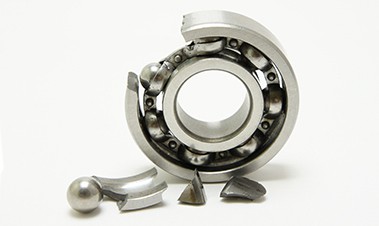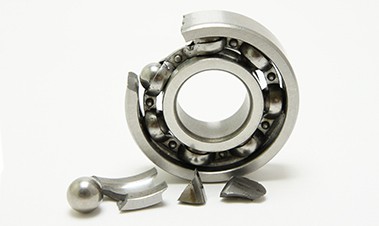How to ensure successful acceleration enveloping

Following the interest shown in our recent blog discussing acceleration enveloping, the sophisticated signal processing technique that helps to pinpoint bearing failure at an early stage, we thought it would be a good idea to explain how to successfully implement it. There are several factors that ensure you can achieve the best possible results, these include:
- Select your accelerometers correctly! Excuse the dramatic exclamation mark preceding this sentence, but the selection of accelerometers is the difference between successful or unsuccessful acceleration enveloping – so getting it right is critical. Your accelerometers need to measure low level signal – in the correct frequency range – and suit the needs of the particular machine or application. If you’re unsure what’s right for you, get in touch with a specialist.
- Mount your accelerometers correctly! Another exclamation mark; have you noticed a pattern yet? Mounting is equally as important as selection when it comes to accelerometers. You can choose the right accelerometer, but if you don’t mount it properly you’re reducing its reliability and can make collected data redundant. For the best results, mount accelerometers close to the component being monitored, on a flat, clean surface.
- Collect and review data correctly! Do I need to reference the exclamation mark again? I think you get the point: collecting and reviewing data in the right way is important. Data readings should then be taken and reviewed at regular intervals over a period of time to allow accurate trend analyses to be produced. This allows a steadily deteriorating condition to be identified – and action to be taken if required.
If you’re interested in implementing acceleration enveloping and would like further information on the process, don’t hesitate to contact one of our team members. We also have plenty more juicy material on accelerometers and how to select and mount them here.
